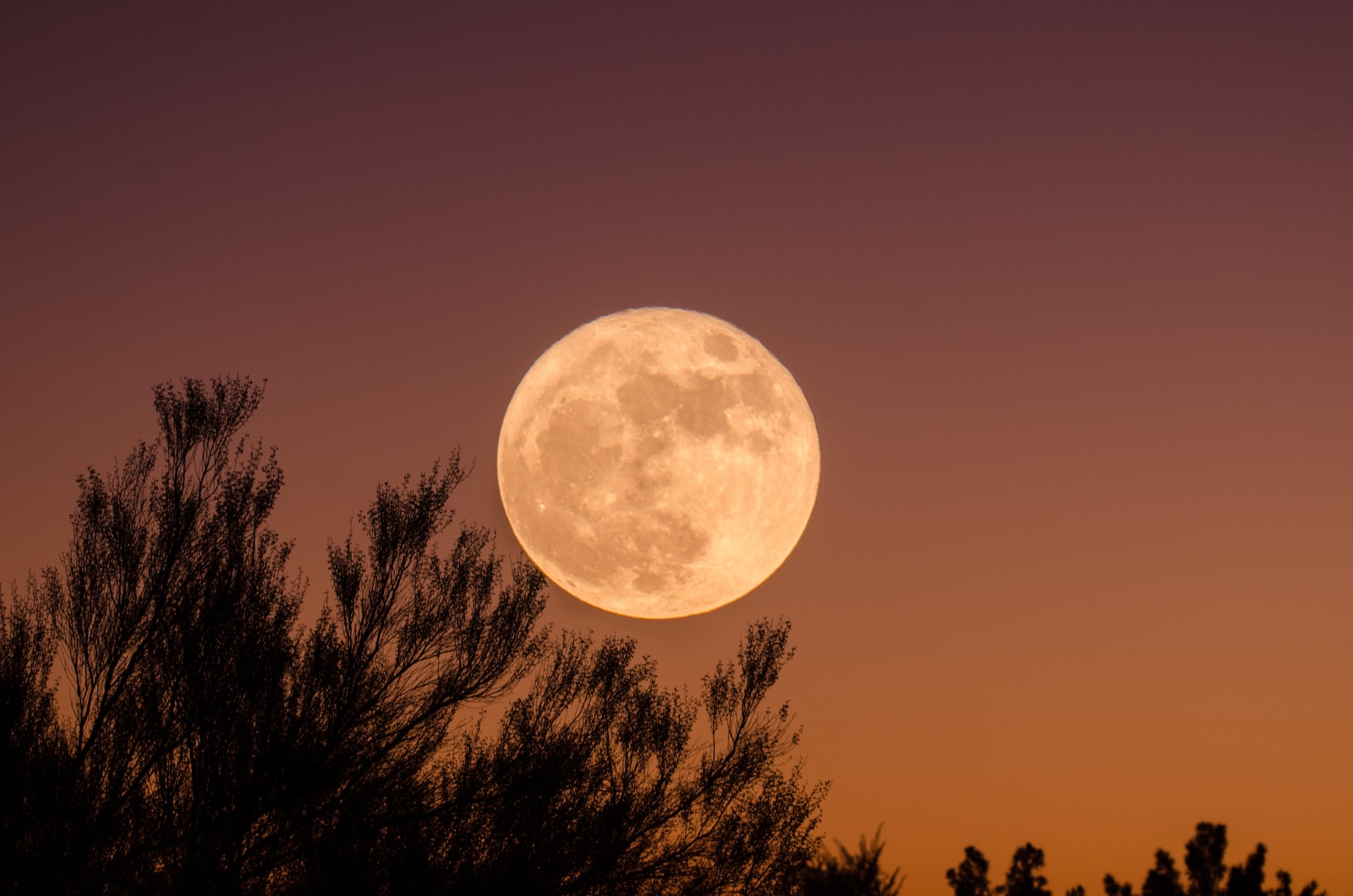Table of Contents
ToggleIntroduction
Get ready for the Buck Moon, the first supermoon of 2023, which will grace the night sky on July 3. This full moon will be particularly special as it will be one of the closest to Earth and one of the lowest-hanging as seen from the Northern Hemisphere. Here’s what you need to know about the Buck Moon and how to best view it.
When and Where to See the Buck Moon
The Buck Moon will be fully illuminated at 6:40 a.m. EDT on July 3, but it is best viewed on the previous evening as it appears in the southeastern sky. It will be in the constellation Sagittarius and will appear bright and full on the nights of July 2 and 4 as well.
What is a Supermoon?
The Buck Moon is classified as a supermoon because it will be a little closer to Earth than average, making it appear slightly bigger and brighter. Moons that come within 90% of the perigee (closest distance) on a given month qualify as supermoons. The Buck Moon will be the first and smallest of four supermoons in 2023, with the following full moons on Aug. 1, Aug. 30, and Sept. 29 destined to be slightly larger and brighter.
Why is it Called the Buck Moon?
The most popular name for July’s full moon is the Buck Moon. This is because the antlers of male deer (bucks) are growing at this time, according to the Almanac. However, other names for the Buck Moon include the Thunder Moon, Hay Moon, Salmon Moon, and Raspberry Moon.
Why is the Buck Moon Low-Hanging?
The Buck Moon is also one of the lowest-hanging full moons of the year, as seen from the Northern Hemisphere. This is because a full moon at night mirrors the sun’s position during the day. When the sun is highest in the sky during the day, as it is near the summer solstice in the Northern Hemisphere, a full moon will be at its lowest. The opposite is the case in December when the moon rises very high at night as viewed from above the equator.
Tips for Viewing the Buck Moon
To best view the Buck Moon, find a spot with an unobstructed view of the southeastern horizon. Look for the moonrise around sunset, and watch it as it ascends into the sky. A pair of binoculars or a telescope can enhance the viewing experience, but they are not necessary.
Conclusion
The Buck Moon is an exciting astronomical event that will be visible to observers around the world. With its close proximity to Earth and low-hanging position, this supermoon is sure to be a spectacular sight. Remember to find a good viewing spot, and enjoy the show!







